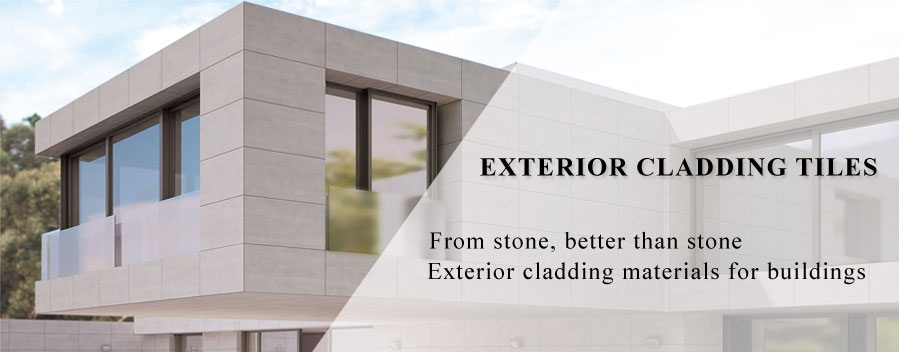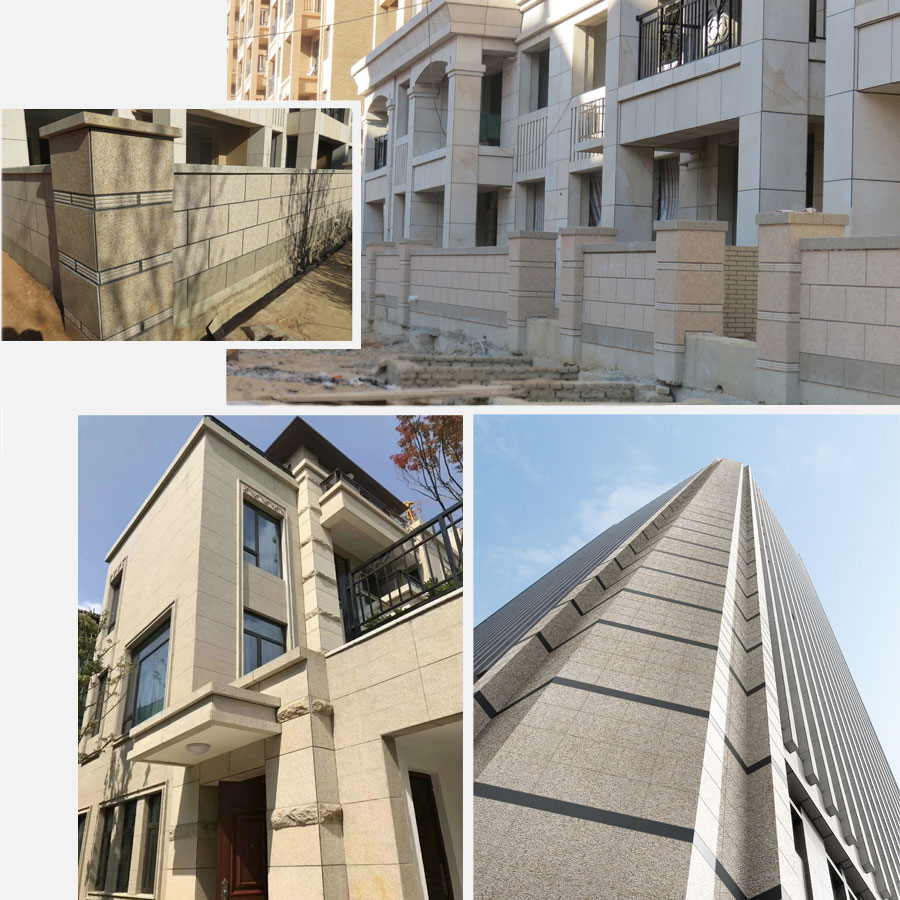The multi-layer solid wood composite floor is a composite floor made of multi-layer plywood and coated with solid wood skin. The type of raw materials and processing techniques of the substrate can cause bending deformation of the flooring product. The deformation factors can be summarized as follows: 1, the impact of multi-layer solid wood composite flooring raw materials The raw material (single board) of the substrate is made of the same tree species, and the dry shrinkage coefficient of the wood is similar, and the substrate is not easily deformed. Sometimes the use of miscellaneous wood, especially the density of wood, the mixing of the wood with different shrinkage coefficients, forming asymmetric stresses on both sides of the central layer of the substrate, causing the floor substrate to bend or twist. Therefore, if we use wood as the raw material of the multi-layer solid wood flooring substrate, we should try to use the tree species with similar specific gravity and material properties. The same tree species should be used as much as possible in the symmetrical layers on both sides of the center layer of the substrate. If conditions permit, the manufacturer can sort the purchased materials by tree species and material properties. 2. Influence of moisture content of multi-layer solid wood composite floor veneer In the case where the water content distribution of the veneer is large, for example, in the same substrate slab, some veneers have a water content of 7%, and some veneers have a water content of 14%. After being coated and hot pressed, The water content distribution of each part of the finished substrate board is not uniform. Although the substrate sheet is flat when it comes out from the press, when the moisture content is rebalanced, bending and distortion will occur. If the moisture content of individual areas in the slab is too high, delamination will occur. Therefore, the moisture content of the veneer should be controlled as much as possible within the scope of the process. The veneer should be evenly coated, and the aging time can be appropriately extended to balance the moisture content of each layer and each point of the slab before hot pressing. 3, the effect of the internal stack (overlap) separation (separation) of the multi-layer solid wood composite substrate board The overlap of the inside of the substrate will cause stress on the sheet. The effect of this stress on the whole substrate is not very obvious. When the substrate is sawn into a floor strip, the stress points caused by the stacking will lead to multiple layers. The parquet strips are deformed. If a serious laminate occurs within the three layers of the surface, the resulting lacquered multi-layer parquet is clearly visible in the laminate (0.6 mm thick) during use. Therefore, the middle plate must be spliced ​​to make the middle plate complete, reducing and avoiding the overlap of the middle plate. 4, the impact of the elastic surface of the multi-layer solid wood composite floor veneer During the cutting process, the elastic surface will appear on the veneer. There are many cracks on the side of the tool. We call it the loose surface and the other side is called the tight surface. For the same veneer, the tight side is the outer circle of the wood, and the loose side is the side of the center of the wood. The stress generated by the expansion and shrinkage of the tight surface is greater than that of the loose surface. The compact should be kept facing outward and symmetrical on both sides of the central layer of the substrate. 5, the impact of sapwood and heartwood There are differences in the shrinkage and expansion of wood sapwood and heartwood. When assembling the blank, the sapwood and the heartwood should be mixed as much as possible. It is prevented that the side of the sapwood is a heart material on both sides of the center layer of the substrate. 6. Influence of external environment on finished products of multi-layer solid wood composite flooring Because the multi-layer solid wood composite floor coating film is thicker, the moisture is not easy to enter and exit from the surface, the paint on the back of the multi-layer solid wood composite floor is less, and no continuous film is formed, and the moisture is easy to enter and exit from the back of the multi-layer solid wood composite floor. When the multi-layer solid wood composite floor is packed, it is flat. If the packaging box is damaged during transportation, the humid air breaks in, and the back of the multi-layer solid wood composite floor absorbs moisture. After the box is opened, the multi-layer solid wood composite floor is bent toward the board surface. In addition, many users do not install the multi-layer parquet directly after unpacking, and over-select the color difference. If the equilibrium moisture content of the environment is higher than the moisture content of the multi-layer parquet, the back of the multi-layer parquet will be in the direction of the board. Bending, if the equilibrium moisture content of the environment is lower than the moisture content of the multi-layer parquet, the back of the multi-layer parquet loses moisture and bends downward. This change is not a quality issue.
Exterior Cladding Tiles are available
in 100x297mm, 200x400mm, 300x600mm, 400x800mm, 600x900mm, 800x800mm...
There are many
types of Exterior Cladding Materials , including
imitation granite tiles, imitation marble tiles, sandstone tiles, etc. suitable
for different places.
Advantage of Exterior Wall Cladding Tiles
1. The surface
of the Porcelain Tile Exterior Cladding has a
luster, flat or rough surface, and can present a variety of textures. The
design is rich and varied, and has a strong decorative effect.
2. The Exterior Wall Cladding Materials has superior physical
properties, sturdy and durable, good weather resistance, scrub resistance,
etc., and has a long service life.
3. With easy to
clean, fire, water, wear, corrosion and low maintenance costs.
4. Thin porcelain
tiles on the outer wall, [light, large and thin", which greatly reduced the
building load.
Exterior Cladding Materials For Buildings construction: adhesive construction, dry-hanging construction
Construction
Notes
1. When the
structure is constructed, the verticality and flatness of the outer wall should
meet the standard requirements. The dust, dirt and grease on the surface of the
base are removed.
2. On the base
plastering surface, first hang the vertical and horizontal control lines, and
then hang out the tile control line according to the size and arrangement of
the tiles.
3. When the tile
is pasted, the mortar should be full. It is not advisable to knock and move
more. Especially after the mortar is collected, it cannot be corrected.
4. After the
caulking is completed according to the design requirements, clean the surface
with a clean cloth.
5. About 30
hours after the completion of the caulking (depending on the weather at the
time), and after the brick joint has solidified to a certain strength, rinse
the brick surface thoroughly from top to bottom with clean water.
Exterior Cladding Tiles Exterior Cladding Tiles,Exterior Cladding Materials,Exterior Wall Cladding Materials,Porcelain Tile Exterior Cladding,Exterior Wall Cladding Tiles,Exterior Cladding Materials For Buildings UMS New Materials Industry Co.,LTD , https://www.ums-factory.com

